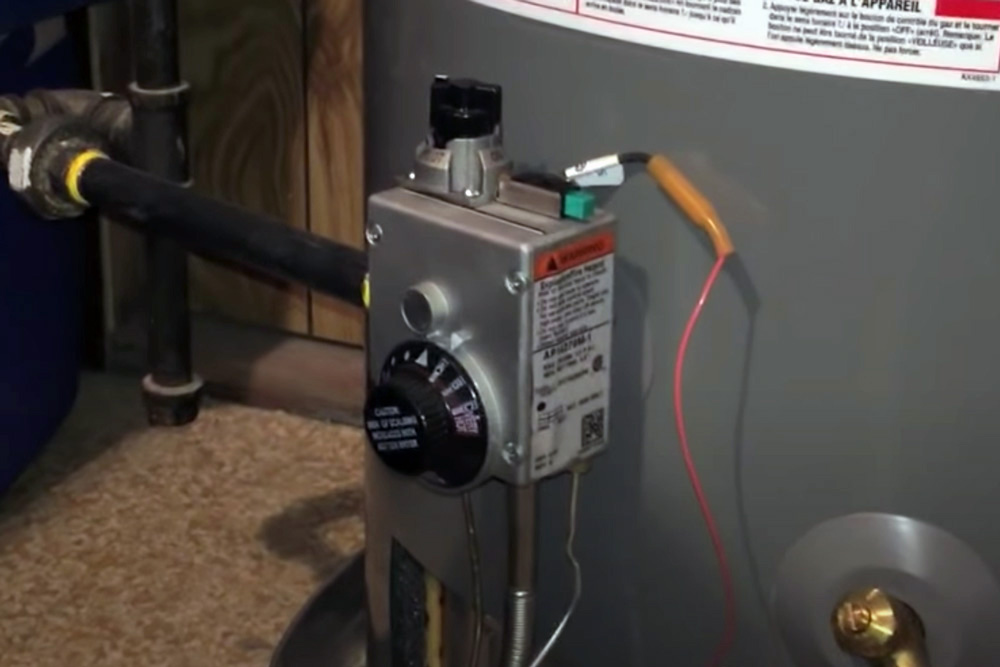

After this, check the lower and upper heating elements for power and electrical continuity and replace the element if necessary, being sure to clear any sediment first. Next, rule out a crossed connection by turning off the water supply and turning on a hot water faucet if the water still flows, look for a crossed connection. To rule out an undersized heater, check to make sure the heater has 75 percent of its capacity as hot water. When the water’s not hot enough, the problem can be an undersized water heater, crossed hot and cold connections, or a faulty heating element or thermostat. Finally, if the thermostat is receiving power but is still not working, replace it or the electric water heating element. Test the element, and if it’s faulty, replace it. Next, check if power is being supplied to the electric water heating element thermostat. First, reset any tripped circuit breaker, and replace any blown fuse. When there’s no hot water, the problem can stem from lack of power, a faulty electric thermostat or a faulty upper electric heating element. Symptoms can range from no hot water to inadequate hot water to water that’s too hot. Several types of electric water heater issues can cause problems with water temperature. You can do this by turning off the fuse or circuit breaker connected to the heater unit. Before you start doing any troubleshooting for an electric water heater, make sure you turn off the power.

If you're having water problems, however, without the houseful of people, it's time to spend some time evaluating your electric water heater.Įlectric water heater problems can cause a variety of symptoms, including issues with water temperature, leaks, discoloration, odor and noise. Here's a step-by-step process to help you troubleshoot your water heater problems.

If you've ever been the last to shower in a houseful of people, you often know what's coming before you step naked into the bath: bone-chilling, teeth-chattering ice cold water.


 0 kommentar(er)
0 kommentar(er)
